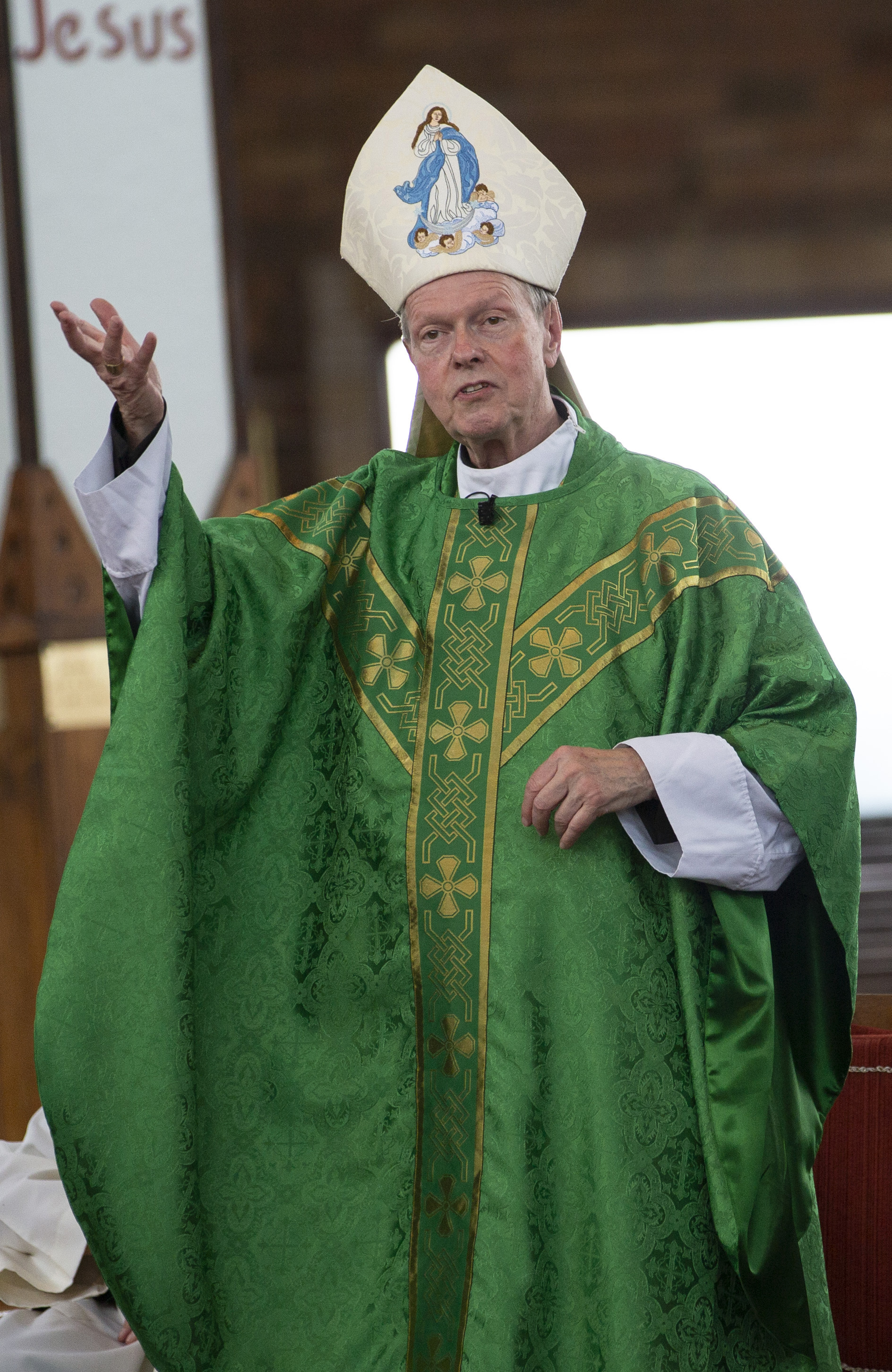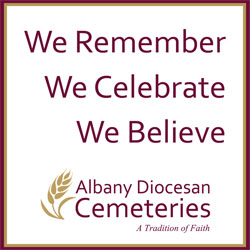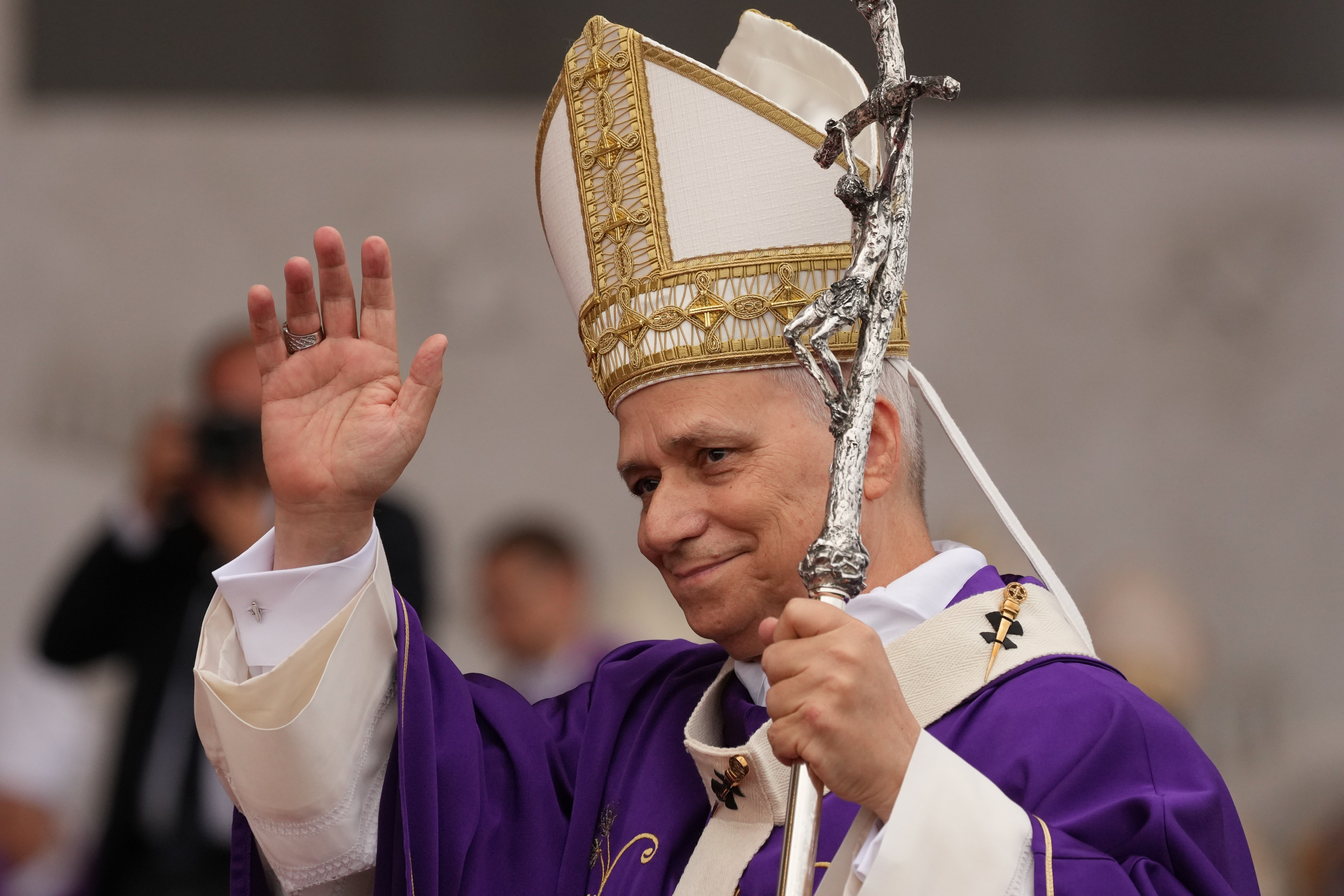April 3, 2020 at 5:46 p.m.
By Father Anthony Barratt
I am sure that many of us cannot believe how quickly this time of Lent has passed, even in these difficult and uncertain times. Perhaps we feel that, despite no public Masses and with all the restrictions, we have journeyed through Lent with a new intensity. Whatever the case, it is certainly a Lent that we will remember! Perhaps now, we can reflect upon all the many and rich symbols that we associate with Holy Week and Easter. So, let us begin by delving into the signs or marks of Palm Sunday. In later reflections, we can look at Holy Thursday, Good Friday and, of course, Easter.
Holy Week begins with Palm Sunday, or, to give it the correct title, “Palm Sunday of the Passion of the Lord.” Before the reforms of the Second Vatican Council, it had an even longer name: Palm Sunday of the Solemn Procession of Palms in Honor of Christ the King. It was also called the Second Passion Sunday because the passion-tide of the Lord (the time when we focus on Jesus’ passion: his arrest, trial, suffering and crucifixion) began a week earlier on the fifth Sunday in Lent. Incidentally, that is why in some churches crosses and statues are covered in a veil or cloth during these few weeks from the fifth Sunday.
Normally, the celebration of Mass on Palm Sunday takes the usual form, but with two key exceptions or marks. At the beginning of Mass, we have the commemoration of Jesus’ entrance into Jerusalem with the blessing of palms and then later, we have a lengthy reading of the Gospel connected with Jesus’ passion. Both these tell us of what is special about this day. Our main attention is drawn to Jesus’ entrance into the holy city of Jerusalem. We are given three different forms of this commemoration of the Lord’s entrance. This year because of the coronavirus crisis, apart from the Cathedral church, we must use the Third Form, which does not involve the Blessing of Palms. Of course, many of us feel very disappointed about not having our blessed palms. However, we can still think of the meaning and purpose of this once-a-year ritual of blessing the palms.
We imitate the crowds as we wave the palm branches and sing, “Hosanna to the Son of David.” Why do we do this and why bother with palms? The answer goes back to how we pray. We pray with our bodies and senses (waving palm branches and singing in this case!) and we use physical, tangible things such as palm branches, to put us in mind of spiritual realities. The prayers used to bless the palms make this clear: “Sanctify these branches with your blessing, that we, who follow Christ the King in exultation, may reach the eternal Jerusalem through him”; or, “… that we, who today hold high these branches to hail Christ in his triumph, may bear fruit for you by good works accomplished in him.”
We can also be mindful of Jesus’ words: “Abide in Me, and I in you. As the branch cannot bear fruit of itself unless it abides in the vine, so neither can you unless you abide in Me. I am the vine, you are the branches; he who abides in Me and I in him, he bears much fruit, for apart from Me you can do nothing. If anyone does not abide in Me, he is thrown away as a branch and dries up; and they gather them, and cast them into the fire and they are burned” (John 15: 4-7). The palms that we would have used and received at the Mass today are green and supple. People make them into crosses or even more elaborate designs. However, with time, the palms dry out and become brittle, because they no longer have the sap from the palm tree running through them. So too with us. If we become detached from our Lord, we dry out and become brittle, even dead.
The same idea of a deeper or symbolic meaning is true later on in the Mass when we met our other mark or sign that is special to Palm Sunday: that very long Gospel! The Gospel reminds us that the purpose of Jesus’ entrance into Jerusalem was to accomplish the Lord’s Paschal mystery; that is for him to undergo his suffering and death … and to rise. This theme of fulfilment or completion of Jesus’ mission is therefore made clear as we hear an account of Jesus’ “passion.” This account varies depending on the year of our three-year cycle and so this year, as we are in Cycle A, we will hear St. Matthew’s version. As well as having much in common, each of our Gospel writers also gives a particular flavor of perspective with regard to Jesus’ passion. What about St. Matthew?
St. Matthew directs us to see Jesus as fulfilling all the prophecies about the Savior, particularly that Jesus can be seen as the new Moses, bringing about the “new covenant” by his passion, death and resurrection. Matthew is unique in reporting the way of Jesus’ betrayal (with a kiss) or the detail about Jesus being offered wine mixed with gall. He does this to show again and again, how the Old Testament prophecies are fulfilled in Jesus.
St. Matthew also does not sugar coat the terrible abandonment of Jesus by the disciples and only Matthew has Jesus calling Judas his “friend.” The malice of the religious leaders is also brought out very strongly by Matthew, both during his trial and even after his death (only Matthew mentions the posting of guards outside the tomb, for example). Matthew also wants us to understand the total innocence of Jesus and so, for example, only Matthew reports Pontius Pilate washing his hands as a sign of this innocence. Matthew also highlights God’s presence even in these terrible events. Like Luke and Mark, he reports the darkness that falls and the veil of the Temple being torn, but Matthew alone mentions the earthquake that opens the graves of the dead. A sign that even in this darkest moment, the power of the resurrection is happening.
Do notice one other important mark or sign. Instead of having the usual form of the Gospel reading, we may have a number of readers and everyone joins in with the parts of the crowd. Sadly, this year, due to the various restrictions, that cannot be the case. However, the way that the Gospel is proclaimed does not undo the meaning and purpose of hearing this long narrative of Jesus’ betrayal, suffering and death. So, once again, we must ask the question: why do this? Our answer is the same as before: we are drawn in to the mystery that unfolds as we hear the Gospel.
The Gospel, any gospel, but perhaps especially the Gospel on Palm Sunday that recounts what Jesus has done for us, is not then just some distant story, or something remote from us. It is about what God has done for us; it is about our salvation and our life. We are not just passive spectators, or onlookers, or listeners: all that we recall on Palm Sunday (and during Holy Week and Easter of course) is about what Jesus has done for us and does for us right now. This is such a welcome message as we continue to try and do our best in the strange and difficult situation that we face at the moment. The opening address at the Mass expresses this very well: “… with all faith and devotion, let us commemorate the Lord’s entry into the city for our salvation, following in his footsteps, so that, being made by his grace partakers of the cross, we may have a share also in his Resurrection and in his life.” Amen to that!
- Pope Leo XIV Angelus address on the feast of the Holy Family
- Pope Leo spends 2025 steadily navigating church, global waters
- Delaware law enforcement, governor, community mourn loss of trooper in fatal shooting
- From Chicago to Peru to Rome, Pope Leo remains ‘one of us,’ say US Catholics
- At home with Jesus
- Priest gets kidney from principal — and love, support, prayers from parishes, students
- Redemptorist priest’s explosive dispatches revealed Vatican II’s hidden conflicts
- Nigerian Catholic Church leaders give mixed reaction to US airstrikes
- US strikes Nigeria targeting Islamic extremists to ‘stop the slaughtering of Christians,’ says Trump
- 2025 brought new pope, new president, and immigration as key issue








Comments:
You must login to comment.